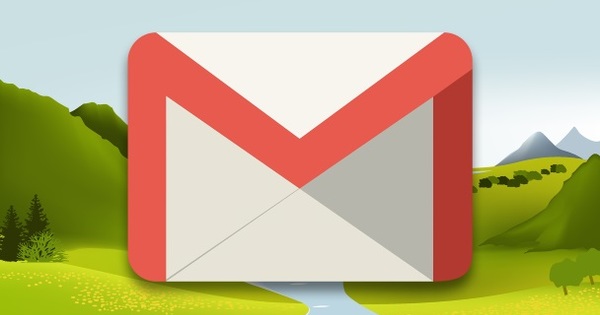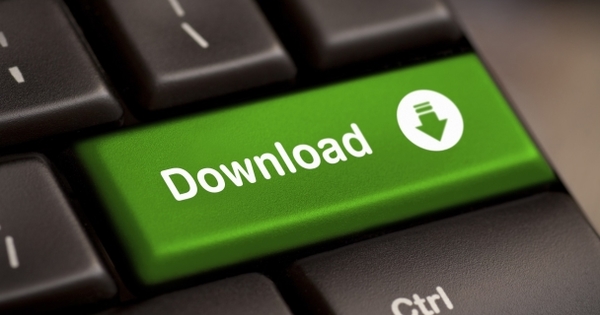Once you have multiple Apple devices at home, they are very easy to sync. This can be done selectively, such as only the agendas.
For example, if you have an iPad and an iPhone at home, there is a good chance that you use the agenda. In order to have these fully automatically synchronized with each other, it is important to enable the appropriate option. The procedure must be performed on both devices. Launch the Settings app and tap your username at the very top. Then tap iCloud and toggle the option here Calendars in. If you have performed this action on both devices, a scheduled appointment will appear immediately on, for example, an iPhone (again, for example) an iPad. The only condition is that both devices use the same Apple ID. And that they both have an internet connection. If you do end up in the iCloud panel, you can also turn other synchronization options on or off here. If there is a bit too much shared for your taste, then the relevant switches can simply be turned off. By the way, be careful with turning on photo sharing, because that naturally eats up iCloud storage space. And because you only get 5 GB of iCloud space for free as standard, it will fill up very quickly. The same goes for email as well. The most practical to enable are the Calendar and possibly Contacts (privacy sensitive of course) and Reminders.
MacOS and Windows
If you also own a MacBook or an iMac, for example, then its agenda can also be included in the synchronization process. To realize this, click on the apple in the menu bar and then on System Preferences. In the window that opens, click iCloud and check if the option here too Calendars is enabled. That will often be the case (just like in iOS by the way), but you may have turned these options off over time. And then it's good to know exactly where they are again. Incidentally, under macOS, the home Calendar is synchronized, but not Microsoft Outlook. That is very strange, because synchronizing Outlook under Windows with the iOS and macOS calendar is possible. In addition to Outlook, you also need to install a (free) tool from Apple. That is logically called iCloud for Windows. After installation you can then sync the calendar, contacts and mail with Outlook. Experience has shown that this is not an ideal solution, Outlook has quite a few quirks when it comes to synchronizing and before you know it you are stuck with duplicate or even multiple calendars. Also updating the iCloud sync tool sometimes leads to problems. But in the end, of course, better something than nothing.


